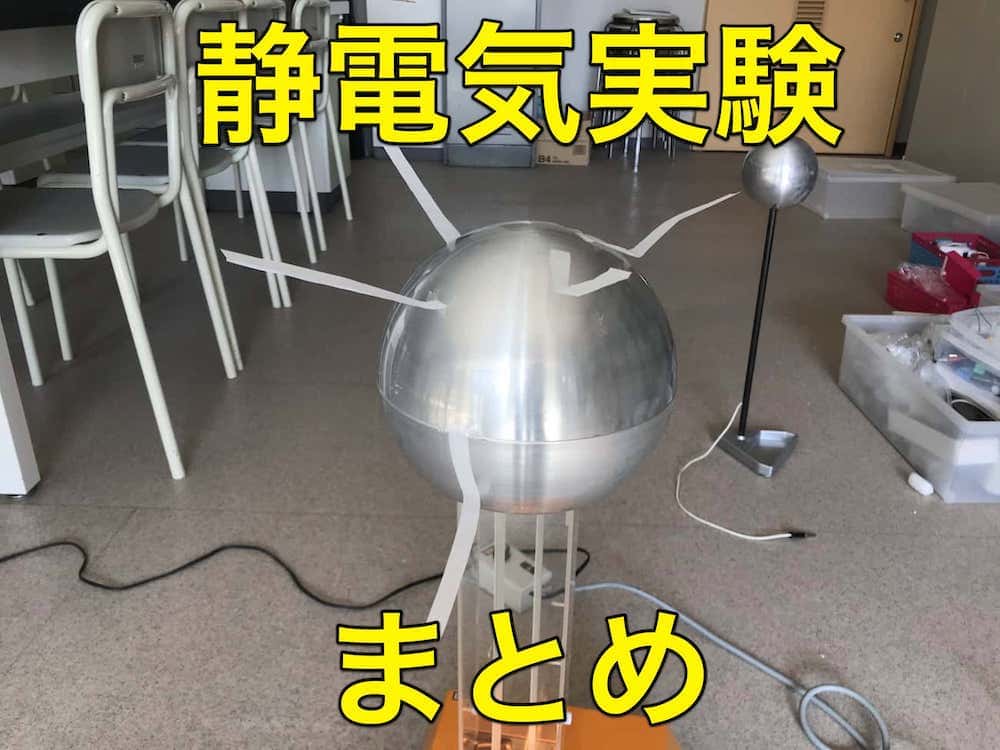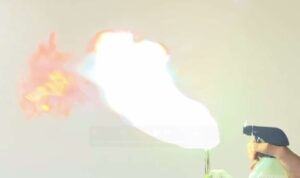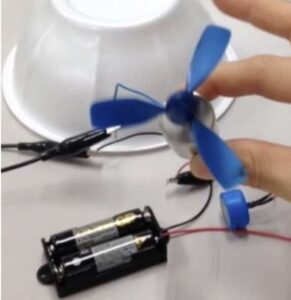Unveiling the Copier Mystery! Visualizing “Invisible Letters” Drawn by Static Electricity
I’m Ken Kuwako, your Science Trainer. Every day is an experiment.
Uncover the Secret of Copy Machines?! A Bizarre Experiment Using Static Electricity
With just the push of a button, a copy machine seemingly duplicates paper like magic. We use them constantly at schools, convenience stores, and offices, but have you ever wondered about the secret behind their speed and accuracy? Believe it or not, the key lies in static electricity—the same spark you feel when you take off a sweater in the winter! While we usually find static electricity annoying, inside a copier, it acts like an “invisible hand,” playing a crucial role by precisely sticking ink powder (called toner) onto the paper.
In this article, we’ll harness this incredible power of static electricity for a truly magical experiment: making invisible letters appear out of nowhere. Once you see how this works, you might just become a “Copier Wizard”! The best part? You can do this easily with materials you likely have on hand, so give it a try!
Materials You’ll Need
A plastic board (a plastic tray that held meat or other food is fine), a towel, steel wool, a rasp or file.
You can often find styrofoam boards (sometimes called “color boards”) at 100-yen stores like Daiso. Everything on this list is easy to find!
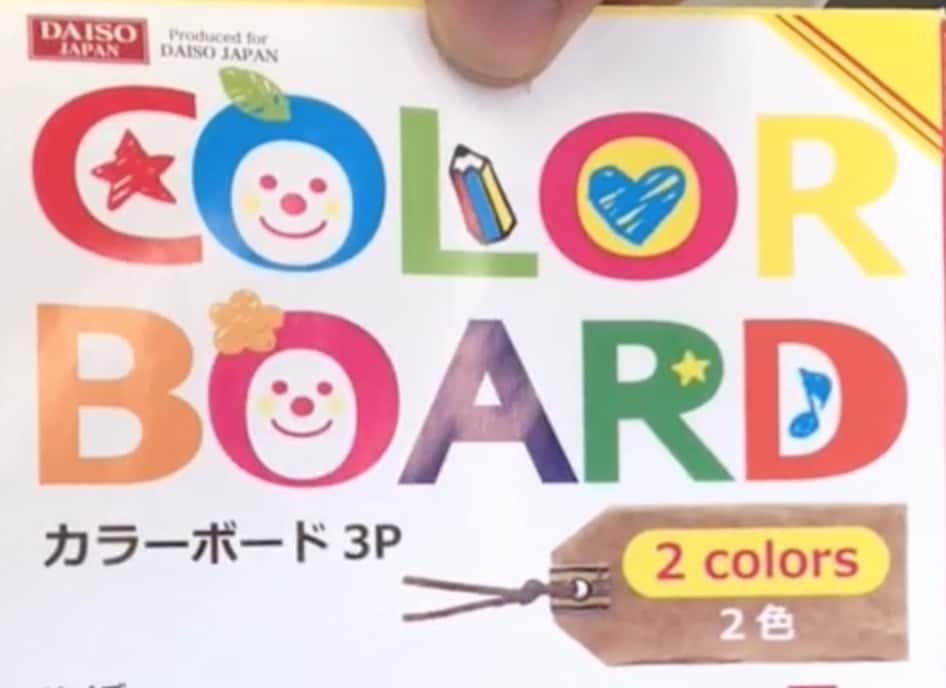
Method
1. Place the plastic board on a desk, then wrap a towel around your finger and “write” a word. Of course, no ink comes out. But this action of rubbing is what creates the invisible, magical “draft.” We wrote “Kagaku” (science) for this demonstration.
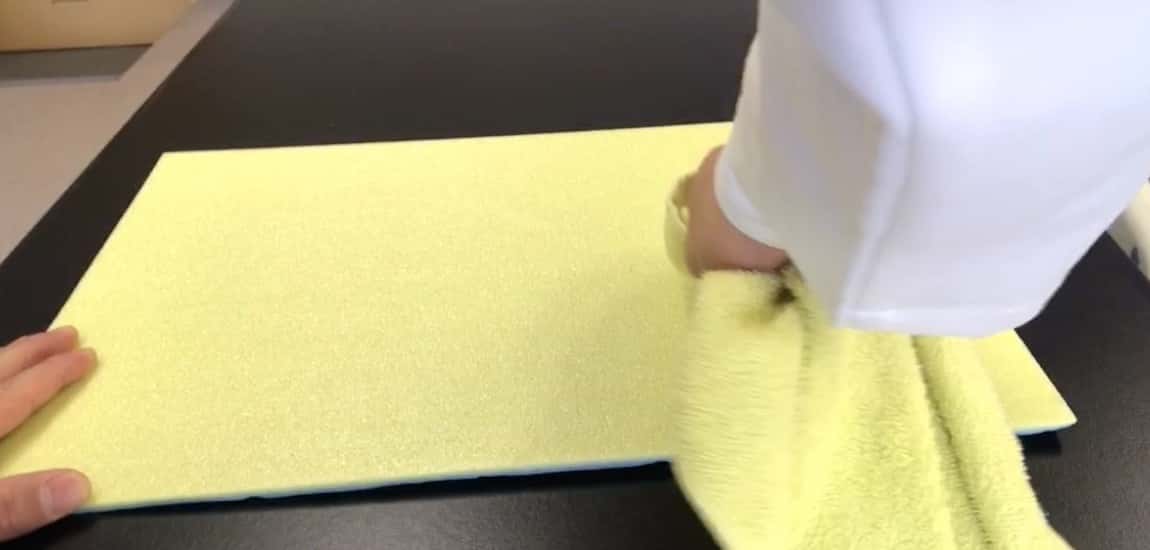
2. Scatter the steel wool over the board. Hold the steel wool and rub it vigorously with the rasp (or file). The key is to turn the steel wool into a fine powder. Why? Because finer powder is more easily attracted by the electrostatic force later on.
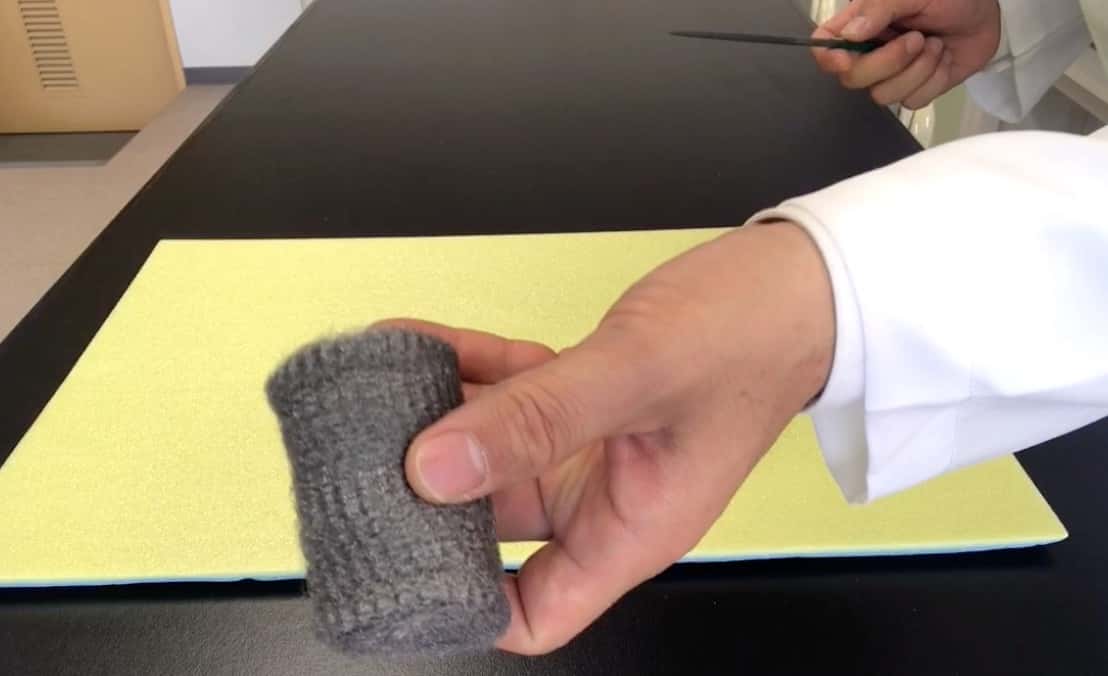
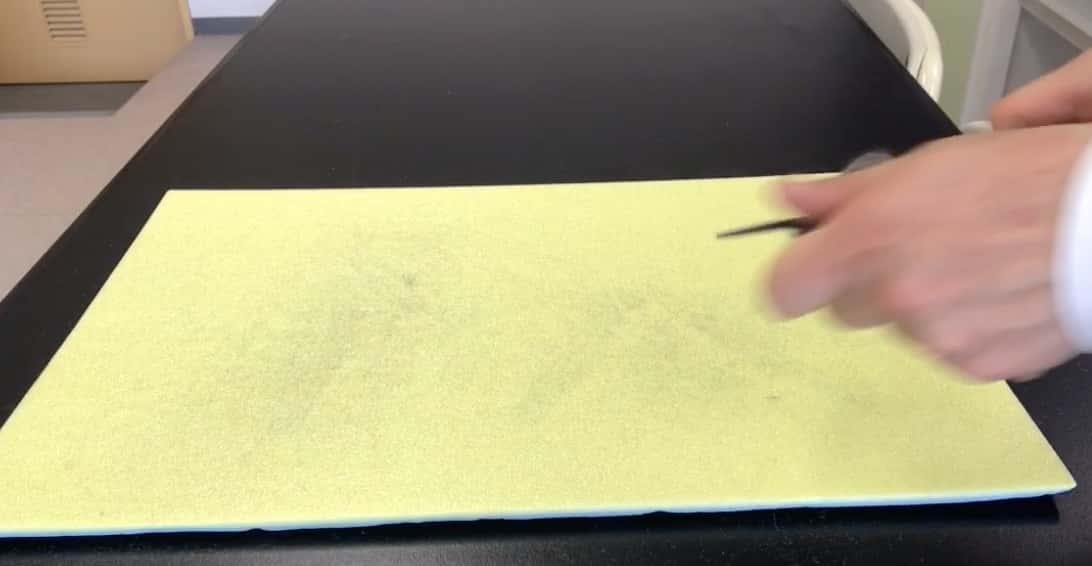
To avoid injury, make sure to do this with an adult’s supervision.
3. Once you’ve scattered enough powder, gently tap the board to shake off the excess. And voilà! The exact letters you rubbed in with the towel appear! Isn’t that fascinating?
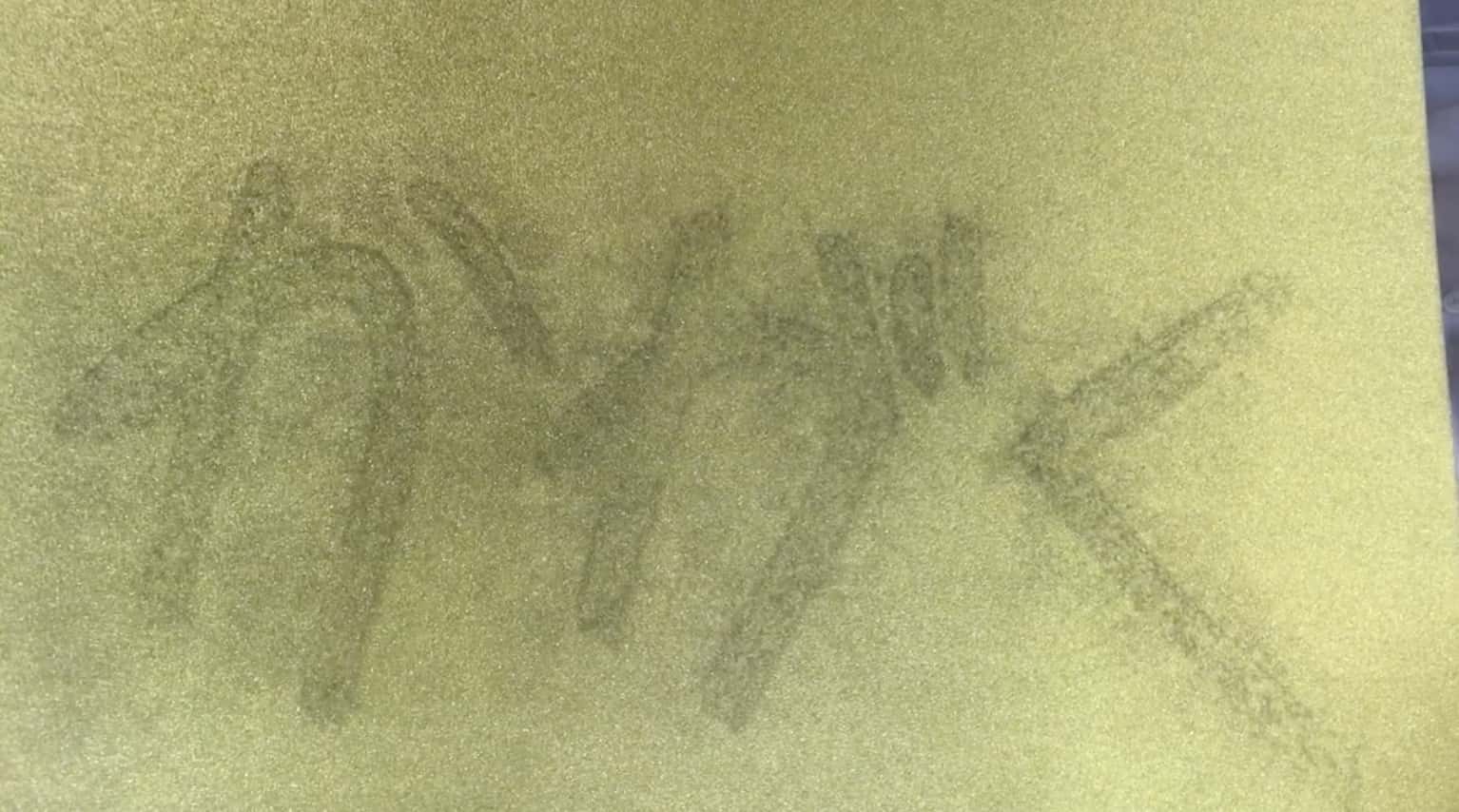
The word “Kagaku” appears!
The Mechanism
So, why does this strange phenomenon occur?
When you rub the styrofoam (plastic board) with a towel (cloth), a phenomenon called Triboelectric Charging occurs. This is the process where two different materials, when rubbed together, cause electric charges to transfer, generating static electricity. This is the same principle behind the “pach-pach” spark when you remove a sweater! In this experiment, the surface of the board becomes negatively charged.
Although you can’t see it, the areas you rubbed (especially vigorously) become charged. This is the crucial point. The board now has “invisible letters” drawn on it, made of static electricity.
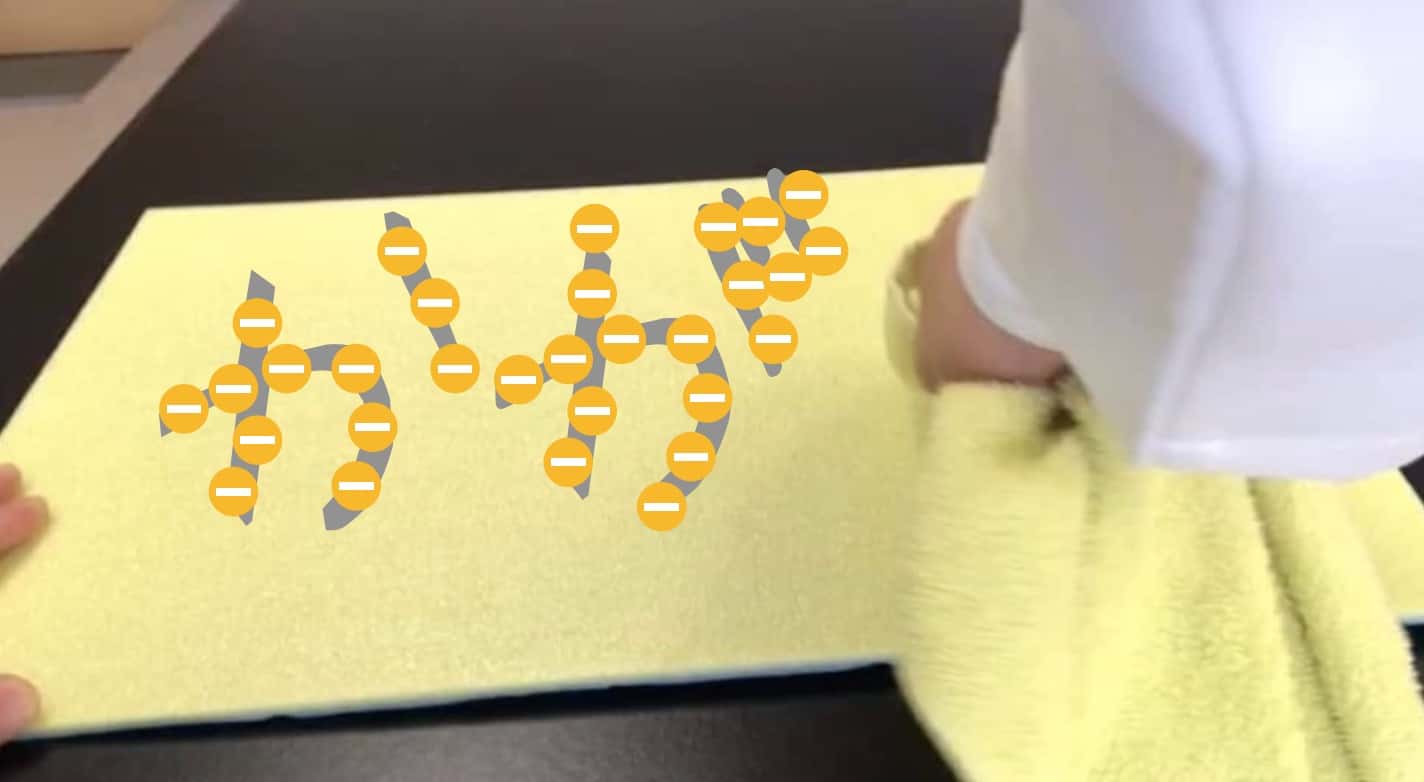
Next, when you scatter the finely ground steel wool (a metal) powder over it, the steel wool powder undergoes a phenomenon called Electrostatic Induction. The negative charge on the board attracts the positive charges within the steel wool powder (since electricity dictates that positive and negative charges attract—a force known as Coulomb’s Law).
As a result, the steel wool powder sticks only to the areas where the static electricity has accumulated—in other words, where the “invisible letters” are drawn. When you tap off the excess powder, the letters are magically revealed!

For more on Electrostatic Induction, check out this article: “Bringing a Balloon Close to an Aluminum Can.”
The basic principle behind this experiment is identical to how a copy machine works.
In a real copy machine, a cylindrical component called the Photoconductor Drum is first charged with static electricity across its entire surface. Next, a strong light is shone onto the document you want to copy, and the reflected light hits the drum.
The light reflected from the “white paper” parts of the document discharges the static electricity on the drum (this uses a special property where the charge is released when light strikes it).
Consequently, only the “black text and images” parts of the document (from which no light is reflected) remain charged on the drum. This creates the exact same condition as the “invisible letters” you drew in our experiment!
Then, a fine ink powder called Toner (which serves the same purpose as our steel wool powder!) is introduced. The toner is attracted and sticks only to the areas where the static electricity remains (i.e., the black text areas).
Finally, that toner image is transferred onto a sheet of paper, and heat is applied to fuse (fix) it firmly—and that’s the copying process complete! It’s incredible to think such fascinating science is hidden inside an everyday machine like a copier! This experiment is simple to do at home, and the resulting “secret message” is great fun. Give it a try!
Check Out These Fun Experiments Using a Static Electricity Generator (Van de Graaff)!
We recommend a Van de Graaff generator for large-scale static electricity demonstrations! We’ve also published some exciting experiments using one. This includes experiments conducted on TV shows with celebrities like Suzu Hirose, Ryohei Suzuki, Yasuko, and Osada & Matsuo from Chocolate Planet. Click here for more details.
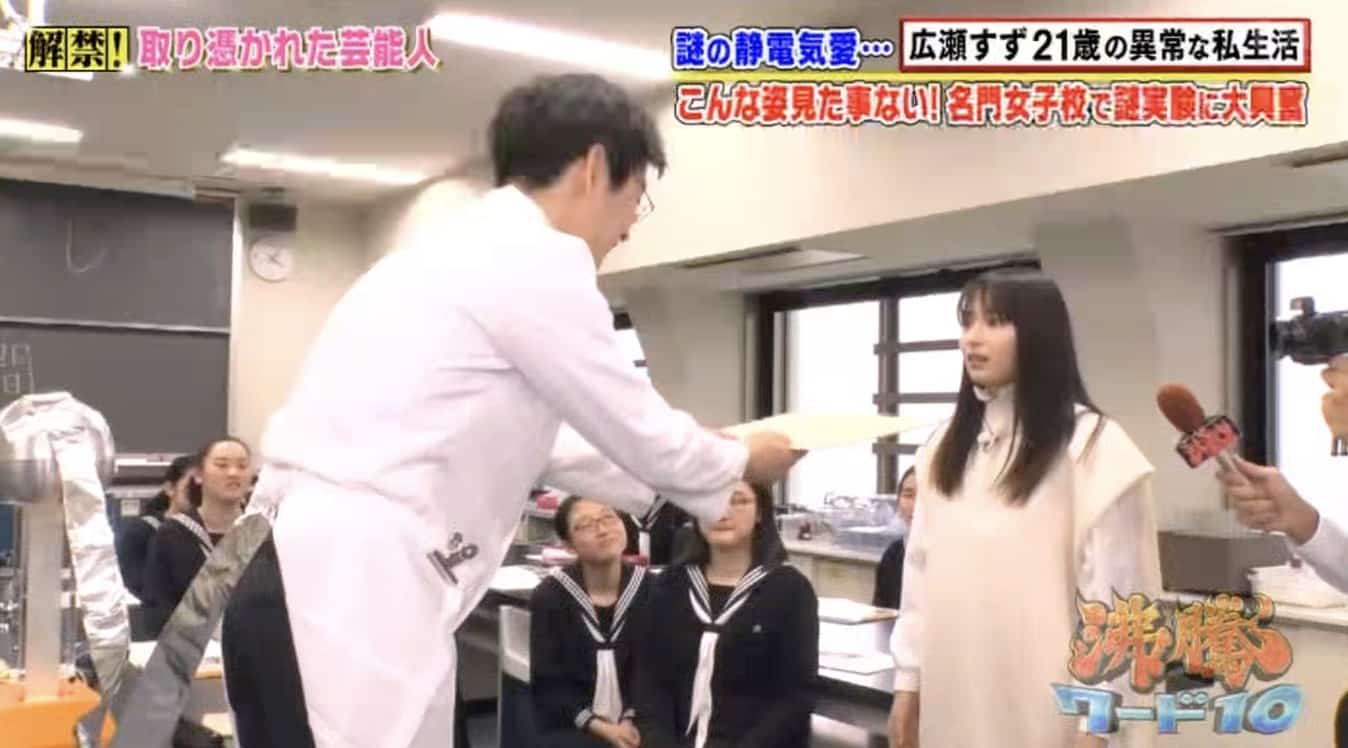
※ Please note that any experiments using a static electricity generator (Van de Graaff) must be conducted under the supervision of a specialist. Please proceed with caution. For requests regarding static electricity demonstrations (science classes, TV supervision/appearances, etc.), please contact us here.
[Feature] You Won’t Be Able to Stop! Static Electricity Experiments
Contact & Service Requests
Get closer to the wonders and fun of science! We’ve compiled a variety of enjoyable science experiments you can do at home, along with easy-to-understand tips. Feel free to explore and search around!
The content of our science blog has been turned into a book. Find out more here.
Learn more about the site administrator, Ken Kuwako, here.
For all service requests (writing, lectures, science classes, TV supervision/appearances, etc.), please contact us here. – Article updates are posted on X!
![]() We post experiment videos on the Kagaku no Neta Channel!
We post experiment videos on the Kagaku no Neta Channel!

